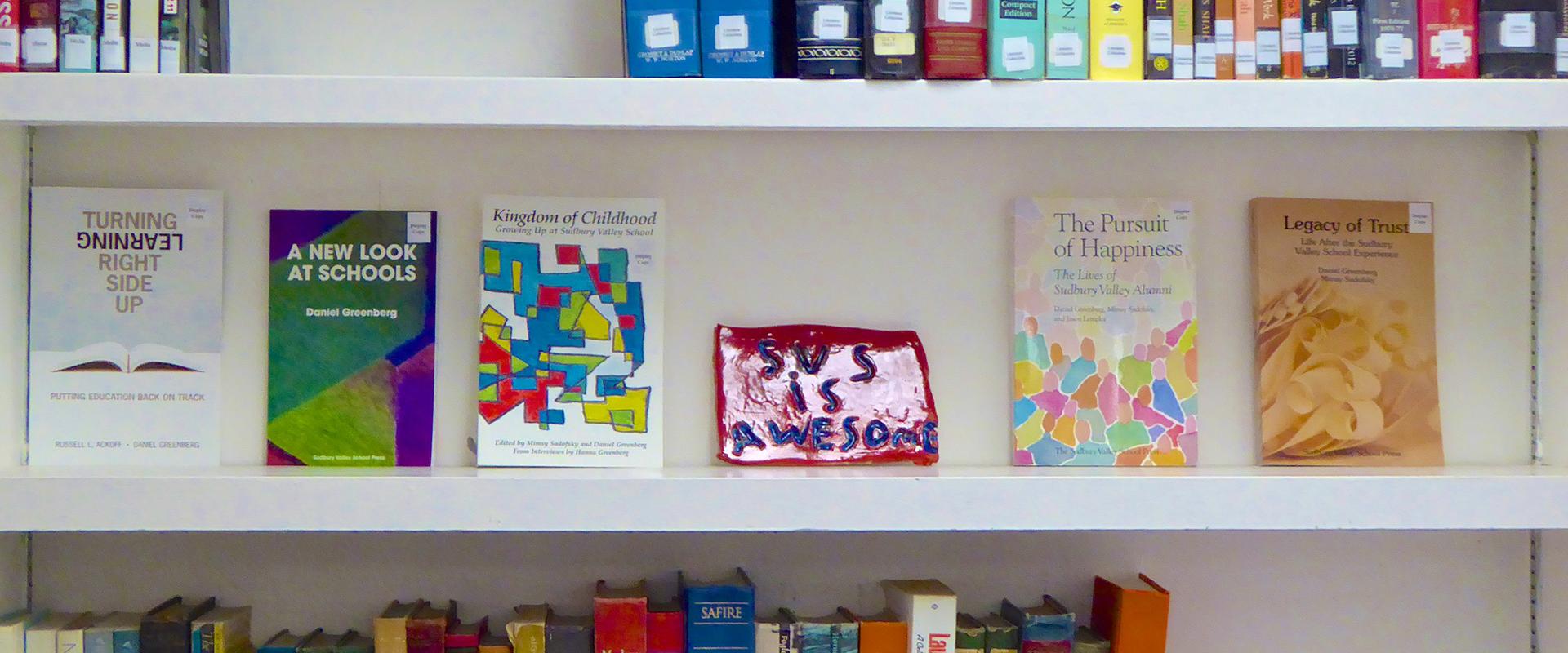I am always amazed at how many high school graduates have little or no idea of how everyday personal banking works. I mean, simple things like personal checking accounts. I know I didn’t.
Well, that’s not the case with Sudbury Valley kids. Without realizing that they are engaging in managing their personal finances (sort of like the person who doesn’t realize she’s speaking “prose”), they learn the basics as soon as they enroll - even if it’s at age four! That’s because the school runs a bank for its community. And therein lies a tale.
Very early in the school’s history, we realized that we needed some sort of straightforward mechanism for people to pay for things within the school. For example, often students wanted to buy specialized supplies for their work at the school - clay for pottery, leather (in the 70s, when leatherworking was all the rage), hardwood for woodworking; these were materials not carried by the school, but purchased by it for resale to students as needed.
Over time, various groups organized themselves for the purpose of pursuing a shared interest, such as music, art, sports activities, gaming, etc. If they needed to use the school’s facilities for specialized activities, they had to apply to the School Meeting for a charter. In all such cases, the School Meeting mandated that they create and maintain a self-supporting business structure - indeed, they were chartered as “School Corporations,” with a Board of Directors, a Chief Executive Officer, and a Chief Financial Officer. They were expected to find ways to raise the funds they needed to carry out their activities, and not draw on the school’s operating budget.
To support their activities, School Corporations had to raise funds, usually through sales within the school. For example, they would sell food prepared in the kitchen during the school day to hungry members of the school community. Here, too, students and staff needed to have a way to pay for what the Corporations sold.
Of course, one way to manage all this is for everyone to have cash ready. But the larger economy has devised a way to obviate the constant need for ready cash, called “checking.” Banks take a deposit from a customer, hold onto it and create an account for that customer, against which the customer can draw funds at any time. The method for drawing funds is to write a check issued by the bank, which is presented to sellers in lieu of cash, and then converted by the sellers into cash when they call on the bank to get those funds.
So the school invented a bank, and established what we call “discretionary accounts” for any person who wanted to deposit funds and draw on them at will. To use those funds, the account holder wrote a check - a “discretionary check” - made out to whatever Corporation or school organ had to be paid. The money was then transferred by the school from the person’s account to the outfit that had to be paid by the account holder.
In addition, the school posted a daily register of the balances in all the active accounts. Very quickly, everyone learned how to manage their checking account - how to make sure it had sufficient funds to cover their purchases - and every vendor learned to find out whether someone’s check had funds to cover it, before accepting the check as payment. The basic acts of depositing, check-writing, check-collection, and balance maintenance thus became second nature to all the students. (Hopefully, the staff had already mastered that.) Mind you, the school charges account holders a hefty “insufficient funds” fee if they write a check for an amount that exceeds their balances.
As you can see, the transition to the outside world of personal finance thus becomes rather simple for students leaving the school.

